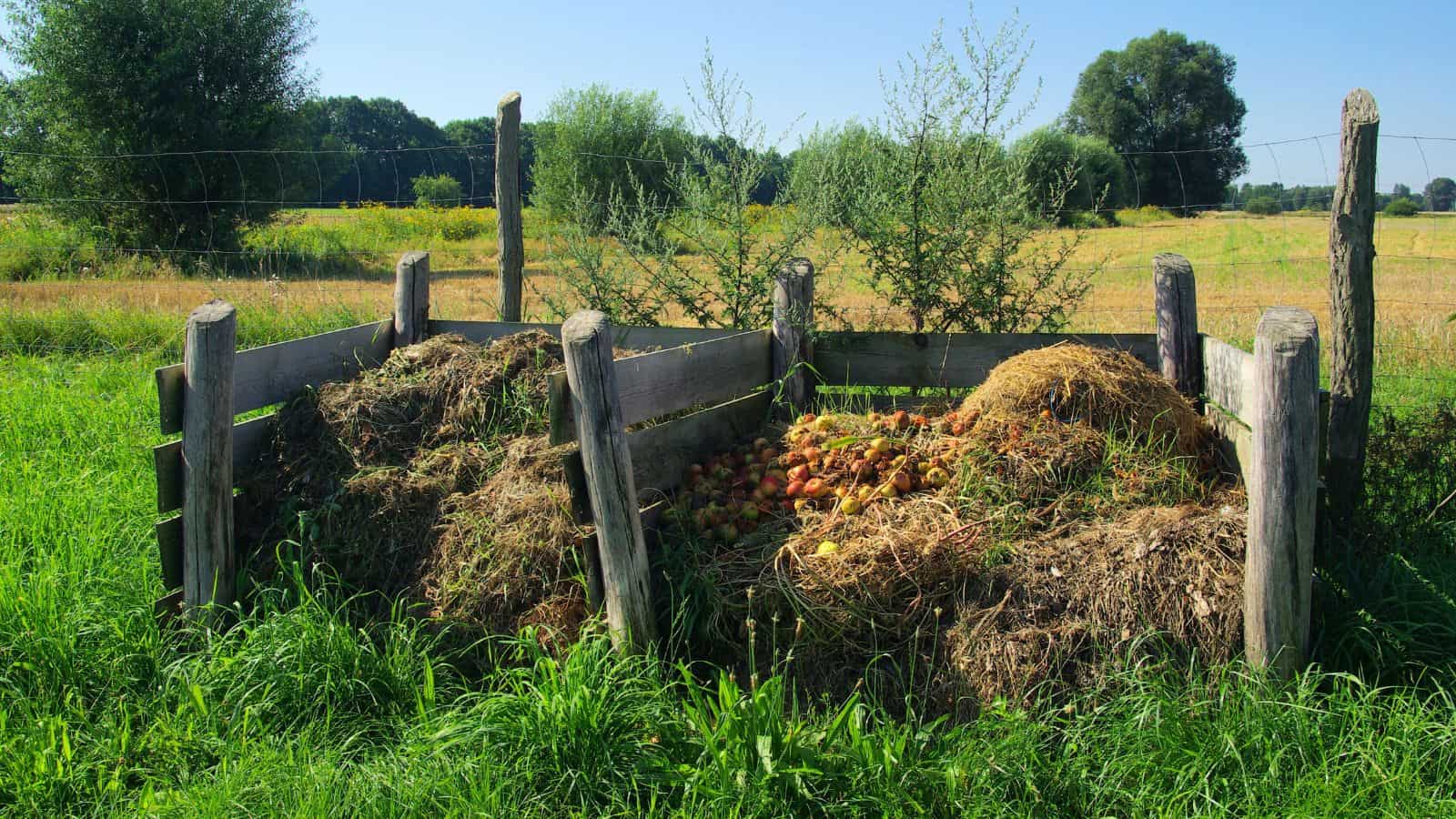Making your own organic fertilizer is an excellent way to provide essential nutrients to your plants while recycling kitchen scraps and yard waste. Organic fertilizers improve soil health, promote plant growth, and are environmentally friendly. Here’s how to make your own organic fertilizer at home.

Composting
Composting is one of the most effective ways to create organic fertilizer. Compost is made from decomposed organic matter and is rich in nutrients that plants need.
How to Compost:
- Collect Materials: Gather kitchen scraps (fruit and vegetable peels, coffee grounds, eggshells) and yard waste (grass clippings, leaves, and small branches).
- Create a Pile or Bin: Start a compost pile or use a compost bin. Layer green materials (nitrogen-rich) with brown materials (carbon-rich) to maintain a balance.
- Maintain: Turn the compost regularly to aerate it and speed up decomposition. Keep the pile moist but not waterlogged.
- Harvest: After a few months, the compost will turn dark and crumbly. Use it as a nutrient-rich soil amendment.
Manure Tea
Manure tea is a liquid fertilizer made by steeping animal manure in water. It provides a quick nutrient boost to plants and is easy to make.
How to Make Manure Tea:
- Choose Manure: Use well-aged manure from herbivores like cows, horses, or chickens.
- Fill a Bag: Place the manure in a burlap sack or pillowcase.
- Steep: Submerge the bag in a large container of water (5 gallons) and let it steep for 1-2 weeks.
- Dilute: Once the tea is ready, dilute it with water (1 part tea to 10 parts water) and apply it to your plants.
Fish Emulsion
Fish emulsion is a nutrient-rich liquid fertilizer made from fish waste. It is high in nitrogen and other essential nutrients.
How to Make Fish Emulsion:
- Gather Fish Scraps: Collect fish scraps (heads, bones, guts) from your kitchen or local fish market.
- Blend: Blend the fish scraps with water until smooth.
- Ferment: Place the mixture in a container with a lid and let it ferment for 2-3 weeks, stirring occasionally.
- Dilute: Dilute the fermented mixture with water (1 part emulsion to 10 parts water) and use it as a fertilizer.
Eggshell Fertilizer
Eggshells are a great source of calcium, which is essential for plant growth. Crushed eggshells can be used as a slow-release fertilizer.
How to Use Eggshells:
- Collect and Clean: Collect eggshells and rinse them thoroughly to remove any remaining egg residue.
- Crush: Crush the eggshells into small pieces or grind them into a powder using a coffee grinder.
- Apply: Sprinkle the crushed eggshells around the base of your plants or mix them into the soil.
Banana Peel Fertilizer
Banana peels are rich in potassium, which is crucial for flowering and fruiting plants. They can be used to make a simple organic fertilizer.
How to Use Banana Peels:
- Chop Peels: Chop banana peels into small pieces.
- Bury Peels: Bury the pieces around the base of your plants.
- Decompose: As the peels decompose, they will release potassium and other nutrients into the soil.
